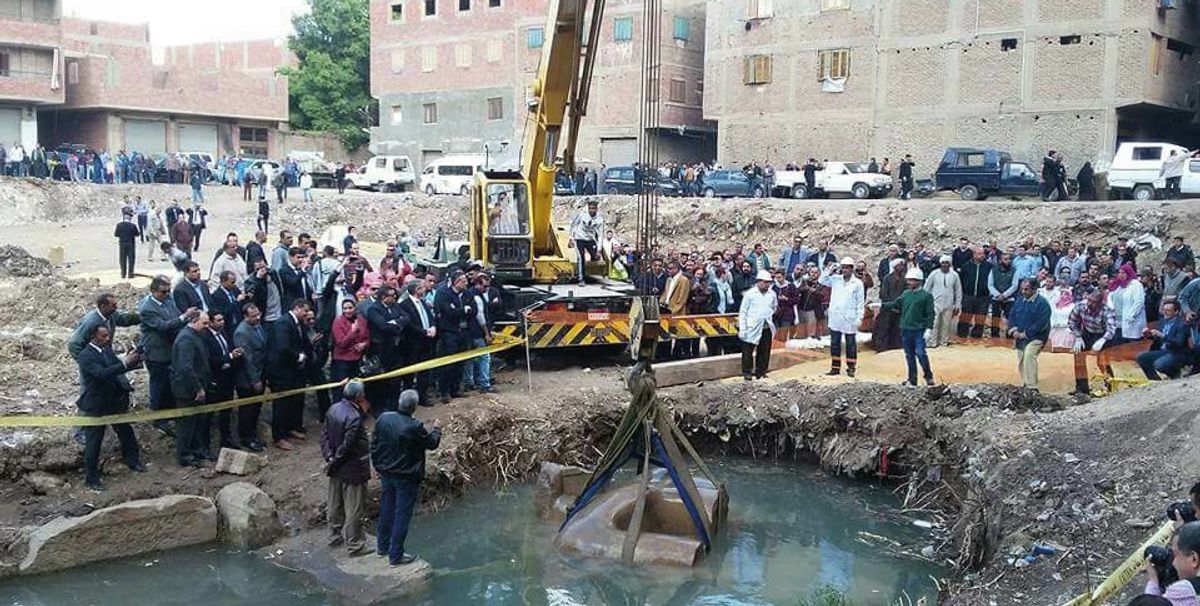Egypt’s great pharaohs have been the focus of much media attention in the past few weeks. On 9 March, the country’s antiquities ministry announced that a royal statue had been uncovered in a waterlogged ditch near a marketplace in an old quarter of Cairo. The statue was originally thought to be of Ramses II (1279BC-1213BC) but an inscription now suggests that it could depict Psamtek I, who ruled Egypt between 664BC and 610BC. German and Egyptian archaeologists have unearthed sections of the quartzite sculpture, which is estimated to be at least eight metres tall, including part of the pharaoh’s crown and the torso, which alone weighs around seven tonnes. Khaled el-Enany, the Egyptian minister of antiquities, says the artefacts will be transferred to Cairo’s Grand Egyptian Museum, which is under construction near the Pyramids of Giza, for treatment and will later go on display there.
Meanwhile, in Luxor, a 65-tonne, 11m-tall granite monument of the pharaoh Ramses II at Luxor Temple is being restored to fix damage caused by an earthquake that struck the area in the fourth century. It was once part of a group of six sculptures of the pharaoh, of which only three remain. Irina Bokova, the director-general of Unesco, visited the site in February to inspect the restoration, which began in November 2016. The repaired monument will “change the face of Luxor Temple”, the ministry of antiquities says. The work is expected to finish in the next few months.


